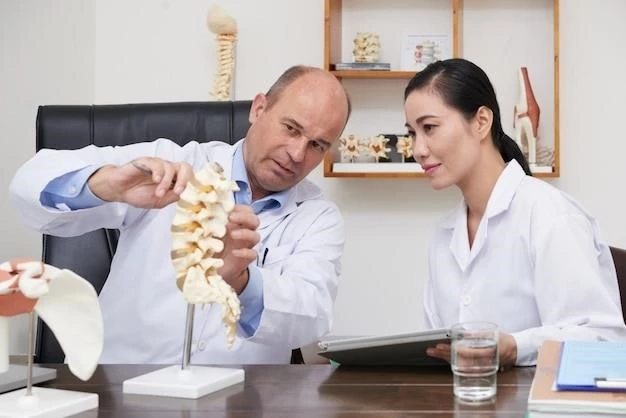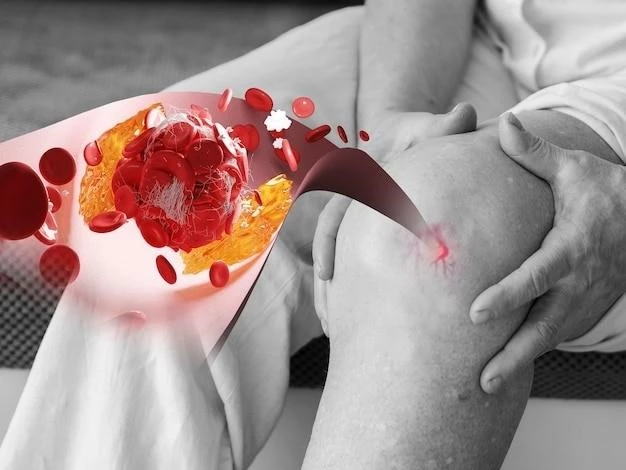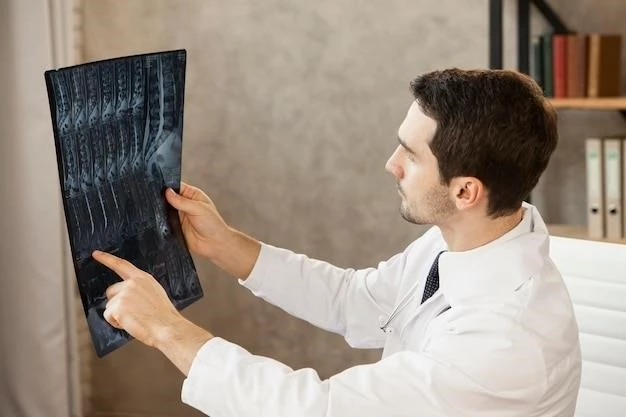Introduction to Osteosarcoma Limb Anomalies Erythroid Macrocytosis
Syndrome characterized by associating osteosarcoma, limb anomalies, and erythroid macrocytosis without anemia. Known as OSLAM syndrome.
Definition of OSLAM Syndrome
OSLAM syndrome is an autosomal dominant hereditary disorder characterized by the association of osteosarcoma, limb anomalies (such as clinodactyly and bilateral radioulnar synostosis), and erythroid macrocytosis without anemia. This rare genetic disease impacts bone and marrow development, leading to unique clinical manifestations.

Genetics and Inheritance
OSLAM syndrome is an autosomal dominant genetic disorder that involves the association of osteosarcoma, limb anomalies, and erythroid macrocytosis without anemia.
Autosomal Dominant Hereditary Disorder
OSLAM syndrome is an autosomal dominant genetic disorder characterized by the association of osteosarcoma, limb anomalies (such as clinodactyly and bilateral radioulnar synostosis), and erythroid macrocytosis without anemia. This hereditary condition significantly impacts bone and marrow development, leading to the unique clinical features observed in affected individuals.
Clinical Presentation
Characterized by the association of osteosarcoma, limb anomalies, and erythroid macrocytosis without anemia. This unique syndrome presents distinctive symptoms and challenges for patients.
Association of Osteosarcoma with Limb Anomalies
The syndrome is characterized by the unique association of osteosarcoma with limb anomalies, such as clinodactyly and bilateral radioulnar synostosis, presenting a distinctive clinical profile that sets it apart from other conditions.
Symptoms⁚ Red Cell Macrocytosis without Anemia
Individuals with OSLAM syndrome present unique symptoms such as red cell macrocytosis without anemia. This distinct clinical presentation aids in the diagnosis and management of the condition;
Diagnosis and Case Studies
OSLAM syndrome can be diagnosed based on the unique combination of osteosarcoma, limb anomalies, and erythroid macrocytosis without anemia. Case studies provide valuable insights into the clinical manifestations of this rare genetic disorder.
Mulvihill et al. (1977) Family Description
In 1977٫ Mulvihill et al. described a family where multiple children developed osteosarcoma٫ limb anomalies٫ and erythroid macrocytosis without anemia٫ providing valuable insights into the clinical manifestations and genetic implications of OSLAM syndrome.
American Indian Family Case Study
In a case study involving an American Indian family, individuals presented with erythroid macrocytosis and skeletal anomalies, further linking these features to the OSLAM syndrome. The description of unique clinical manifestations in this family provides valuable insights into the genetic implications of the condition.
Treatment Options
Most osteosarcoma cases undergo limb salvage surgery, preserving the limb while ensuring effective tumor removal. This approach involves a resection and reconstruction process to maintain functionality.
Limb Salvage Surgery
Limb salvage surgery is a common treatment for osteosarcoma, aiming to remove the tumor while preserving limb functionality. The process involves precise resection and subsequent reconstruction techniques to maintain quality of life and mobility for patients undergoing treatment.
Resection and Reconstruction Process
The resection and reconstruction process in limb salvage surgery for osteosarcoma involves meticulous tumor removal while preserving the affected limb’s function. This procedure aims to eliminate the cancerous tissue while maintaining the patient’s quality of life and mobility.
Prognosis and Complications
Impaired regulation of bone and marrow development leads to unique challenges in OSLAM syndrome, impacting patient prognosis and introducing potential complications.
Impaired Regulation of Bone and Marrow Development
OSLAM syndrome is characterized by impaired regulation of bone and marrow development, leading to unique challenges in the management of the condition. This dysregulation affects the prognosis and may result in complications that require specialized care and treatment strategies.
Current studies on OSLAM syndrome focus on understanding the genetics and clinical presentation of this rare condition, driving advancements in diagnosis and treatment options.
Research and Advances
Current studies on OSLAM syndrome focus on understanding the genetics and clinical presentation of this rare condition, driving advancements in diagnosis and treatment options.
Support and Resources
Information centers and specialists provide valuable support for individuals affected by OSLAM syndrome, offering guidance and resources for diagnosis and management.
Information Centers and Specialists
Specialized information centers and healthcare providers offer vital support and resources for individuals and families affected by OSLAM syndrome, providing guidance, diagnosis, and tailored care options.
Rare Disease Definition
A rare genetic disease characterized by the association of osteosarcoma with limb anomalies and erythroid macrocytosis without anemia. This condition affects a small percentage of the population.
Criteria for Rare Genetic Diseases
A rare genetic disease is defined as a condition affecting fewer than 1 in 200٫000 patients in the United States or 1 in 2٫000 in Europe. These diseases٫ often genetic in nature٫ result from DNA alterations that can be inherited٫ spontaneous٫ or epigenetic.
Differential Diagnoses
Comparison with other syndromes helps differentiate OSLAM syndrome, characterized by osteosarcoma, limb anomalies, and erythroid macrocytosis, from similar conditions, aiding in accurate diagnosis.
Comparison with Other Syndromes
When comparing OSLAM syndrome with other conditions, the unique combination of osteosarcoma, limb anomalies, and erythroid macrocytosis serves as a distinguishing factor, aiding in differential diagnosis and appropriate management strategies.
Impact on Patients
Quality of life challenges arise due to OSLAM syndrome’s unique combination of osteosarcoma, limb anomalies, and erythroid macrocytosis, impacting patients both physically and emotionally.
Quality of Life Challenges
Patients with OSLAM syndrome face significant quality of life challenges due to the combination of osteosarcoma, limb anomalies, and erythroid macrocytosis. These challenges impact daily functioning and emotional well-being, necessitating comprehensive support and care;
Ongoing Studies
Updates on OSLAM syndrome research focus on understanding the genetic implications and clinical manifestations of this rare genetic disorder.
Updates on OSLAM Syndrome Research
Ongoing research on OSLAM syndrome delves into the genetic underpinnings, clinical features, and potential treatment strategies for this rare disorder, aiming to enhance patient outcomes and quality of life.
Treatment Innovations
Technological advancements in prosthetics contribute to innovative treatment options for individuals impacted by OSLAM syndrome, enhancing quality of life and mobility.
Technological Advancements in Prosthetics
Technological advancements in prosthetics have revolutionized treatment options for patients with OSLAM syndrome, enhancing mobility and quality of life through innovative solutions tailored to individual needs.

Genetic Counseling
Importance of genetic testing and counseling in OSLAM syndrome to assess risk factors, provide tailored medical management, and offer support for affected individuals and families.
Importance of Genetic Testing and Counseling
Genetic testing and counseling play a crucial role in OSLAM syndrome to identify risk factors, guide medical management, and provide support for affected individuals and families.
Patient Advocacy
Support groups for OSLAM syndrome patients offer valuable resources, community, and advocacy for individuals and families facing this rare genetic disorder.
Support Groups for OSLAM Syndrome Patients
Support groups provide valuable resources and a sense of community for individuals and families impacted by OSLAM syndrome, offering advocacy, information, and emotional support in navigating the challenges of this rare genetic disorder.
Conclusion
The unique combination of osteosarcoma, limb anomalies, and erythroid macrocytosis in OSLAM syndrome presents complex challenges requiring multidisciplinary management to improve patient outcomes and quality of life.
